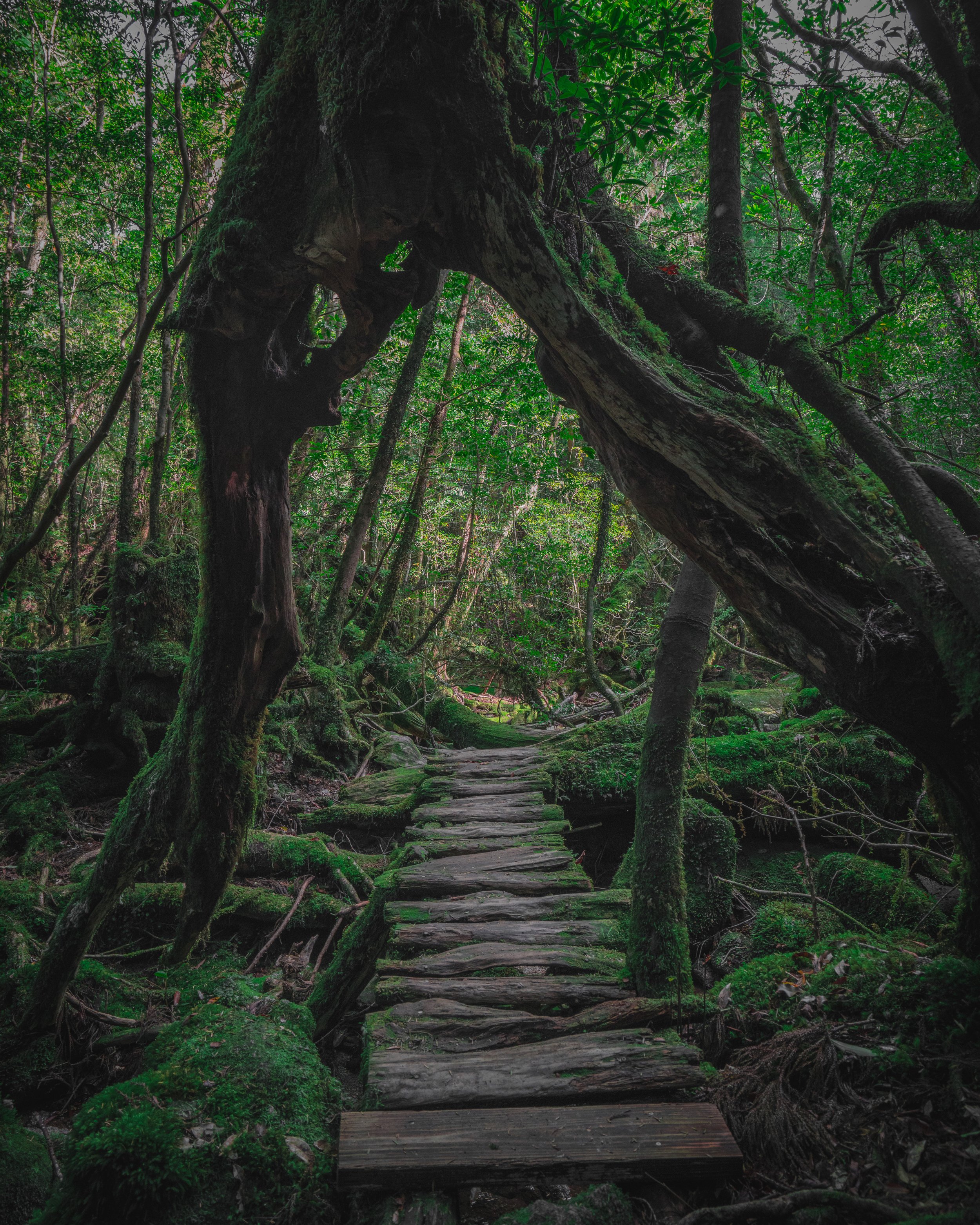Here’s How You Can Experience Studio Ghibli Magic in Real Life
by Laura Studarus
The famous anime films might not be real, but these locations are
Move through Japan like one of Miyazaki’s magical characters
A year into its operations, Ghibli Park, located just outside of Nagoya, remains a hot spot stop for anyone who loves the Japanese animation house and its slate of films. And with director Hayao Miyazaki’s final movie, How Do You Live? (named The Boy and the Heron, in the USA), already released in theaters across Japan, with an international release slated for late 2023, it’s likely that fan interest in Studio Ghibli’s gentle painting-like worlds will likely remain strong for years to come.
While a visit to the park (or the museum in Tokyo), might be a must for hardcore fans (just be sure to book early!), official sites are certainly not the only way to explore Miyazaki’s magic. The filmmaker creates his emotional and immersive stories using inspiration from across Japan.
Ready to dig into the real-life beauty behind your favorite animated films? Here’s the most beautiful Studio Ghibli-like locations to add to your next trip to Japan.
Otagi Nenbutsu-ji, Arashiyama, Kyoto
At the beginning of Spirited Away, just as Chihiro’s parents are about to make some questionable life choices, the family car is stopped by a large green statue. It’s called a Rakan statue, and traditionally represents disciples of the Buddha. (Although in Spirited Away, it quickly becomes clear that this statue has a much more colorful life.) While they’re unlikely to whisk you away to the spirit realm, you can visit these artifacts at Otagi Nenbutsu-ji located in the Arashiyama district of Kyoto. The temple is home to 1,200 statues, truly an otherworldly sight.
Dogo Onsen, Ehime Prefecture
Later in Spirited Away, Chihiro is forced to work at a spirit-filled bathhouse to gain the freedom of her parents, who have been turned into pigs. (Yes, it’s as scary and epic as it sounds.) Good news—the real-life inspiration is significantly less intimidating. Located in Matsuyama, Dogo Onsen has all the colorful hallmarks of its cartoon alter-ego, along with a host of traditional ryokan options. (For the full Ghibli effect, be sure to go for a walk at night outside of Dogo Onsen Honkan!) Booking a retreat here is also a unique opportunity to step into Japanese history—the area has been popular with guests for over 1000 years and even counts the imperial family among its guests.
Yakushima Island, Kagoshima Prefecture
Princess Mononoke is the story of Ashitaka, a young prince seeking the deer-like god Shishigami to release him from a deadly curse. Along the way he learns a powerful lesson about living in harmony with nature. Given the film’s heavy ecological themes, the real star is the untamed wilderness which was heavily inspired by Yakushima Island. Getting there will require a bit of extra transportation. (Flights depart from Osaka, Fukuoka, and Kagoshima.) But being on the island is a unique opportunity to step into an awe-filled world full of moss-covered trees, looming dormant volcanoes, and that Shiratani Unsui Valley, which contributed to the movie’s pivotal moments.
Shodoshima Island, Kagawa Prefecture
Shodoshima Island is known as the birthplace of Japanese olive production, numerous art galleries showcasing local talent, and…Kiki’s Delivery Service. Yes, it’s the island’s Greek windmill that marks the small island town Kiki and her cat Jiji move to while doing her year of solo training. For a truly Kiki-worthy memento, stop by the windmill guest center, and grab a free broom to accompany your jump/flying photo.
Tomonoura, Hiroshima Prefecture
One of Miyazaki’s more unusual films (which is saying a lot!) Ponyo is the story of an underwater wizard’s daughter, who floats to shore and becomes human. (Think The Little Mermaid with more twists and turns.) Tomonoura is the town where this odd and wonderful transformation takes place. The small Hiroshima prefecture town (located just south of Fukuyama City), has been called, “the most beautiful view in Japan,” a few that Miyazaki spent two months experiencing while working on the film. It makes sense that it’s here where Ponyo would wash ashore—the area is also known for its abundant sea life, which has made it a notable fishing hub since the 1600s.
Kushiro, Hokkaido
Ghosts haunt the wetlands of Kushiro, Hokkaido in When Marnie Was There. But rather than scary, the film (and its stunning visuals) are a reminder that love has the power to transcend life and death. While visiting, be sure to make a stop by Lake Akan, one of the few places in the world where you can see Marimo, a rare ball-shaped algae growth that feels like it should be the star of its own Ghibli film.
Nara Prefecture
The Tale of the Princess Kaguya is based on Japanese folklore, and it’s believed that the film’s palm-sized protagonist lived in the Nara prefecture. It’s not unbelievable that the Nara Prefecture might have given birth to a tiny woman in a bamboo tree. From the Kii mountain range, which thanks to 30,000 cherry trees is drenched in pink every spring, to ornate shrines like the all-pink Tsubosaka Dera Temple, the entire area feels fit for a queen.
Saitama Prefecture
In My Neighbor Totoro, Satsuki and Mei are led on a magical adventure by Totoro, a magical creature that appears to be part rabbit, part raccoon, and all other-worldly delight. While you might not see any of these amazing characters in Saitama Prefecture, the good news is that the 8.6-acre forest that inspired the film has now become a protected nature preserve. And sitting just 24 miles outside of Tokyo, Totoro’s Forest, located on Sayama Hill, is an easy day trip out of the capital. Visit to soak in the incredible nature that inspired Miyazaki to move the area. While the famed director suggests you aspire to “get lost like a child,” you’ll never truly be alone, thanks to informational boards along the way, flanked with characters from the film.
Shiro-Hige’s Cream Puff Factory, Tokyo
While not totally reminiscent of a Ghibli film, Shiro-Hige’s Cream Puff Factory in Tokyo deserves a special mention, as it’s the only bakery in the world licensed to create Ghibli baked goods. (Likely because it’s owned by Hayao Miyazaki’s sister-in-law.) Settle in the memorabilia-adorned café to snack on Totoro-shaped cream puffs and crispy cookies. Just be sure to get there early—a line forms before they open at 10:30, and only one round of sweets is baked per day, so when they’re out, they’re out.





